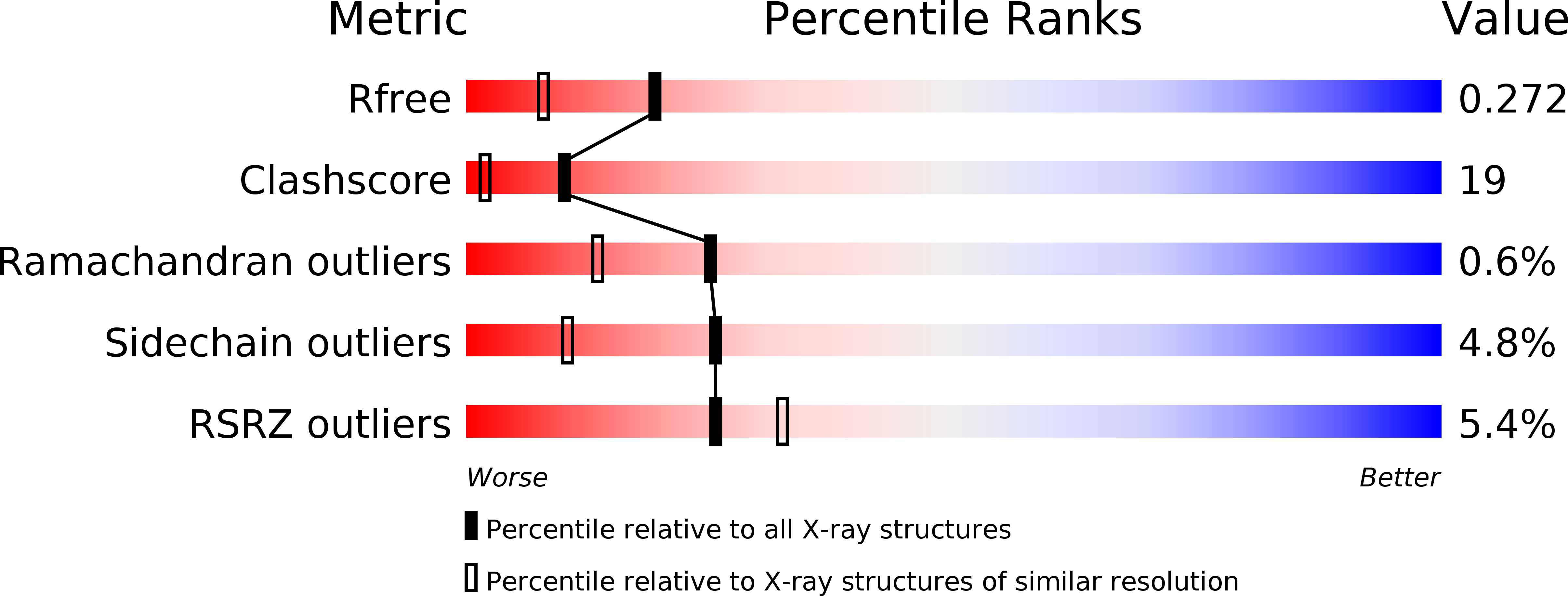
Deposition Date
2007-09-05
Release Date
2008-09-16
Last Version Date
2023-12-13
Method Details:
Experimental Method:
Resolution:
1.94 Å
R-Value Free:
0.27
R-Value Work:
0.21
R-Value Observed:
0.21
Space Group:
C 1 2 1


